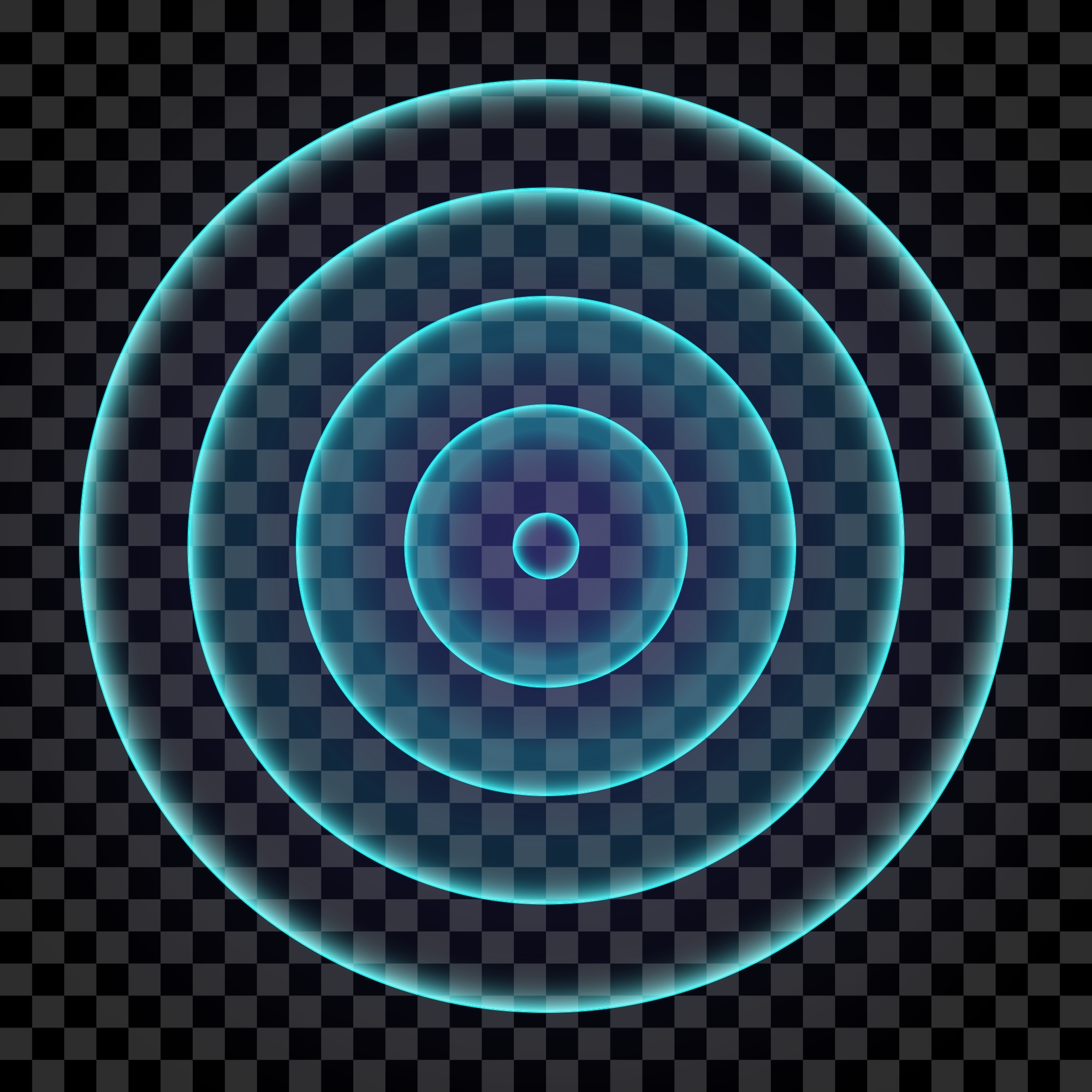
One of the top priorities for the Army’s electronic warfare community is gaining a better understanding of how passive sensors can be used on the battlefield. At a recent Cyber Quest experimentation event, the Army conducted experiments and tested technologies using passive electronic sensors to locate distant targets while remaining undetected.
“One of the Army’s main goals is to improve long-range precision fires and we think this passive sensing where a sensor is sitting there, it’s not emitting, it’s not creating a signature, it’s just quietly listening, is a very attractive way to inform our long-range fires assets,” stated Col. Daniel Holland, Army Capability Manager for Electronic Warfare.
Many sensors currently in use rely on radar, which is detectable by adversaries as it emits within the electromagnetic spectrum. Passive sensors – which merely collect emissions in the spectrum – do not register easily detectable signatures. The Army eventually hopes to use passive sensors in combination with traditional methodologies for plotting strikes.
“We were looking to combine these techniques, these algorithms in unique ways with different spacing, different geometries, different ways, we could either standoff and look in towards a threat area or maybe penetrate that threat area with different low-cost sensors mounted on small low radar cross-section low cost unmanned aerial systems in some novel ways of surrounding a target and generating different kinds of accuracy,” Holland said.
Another potential use for passive sensors is incorporating them with command and control visualization platforms to help geolocate potential targets for intermediate-range targets.
“If there was a degree of inaccuracy or unknown in terms of being able to geolocate a potential target, the C2 platform would recommend the location to dispatch a sensor that would then help you derive a degree of confidence in the location,” said Brig. Gen. Paul Stanton, commander of the Cyber Center of Excellence.
